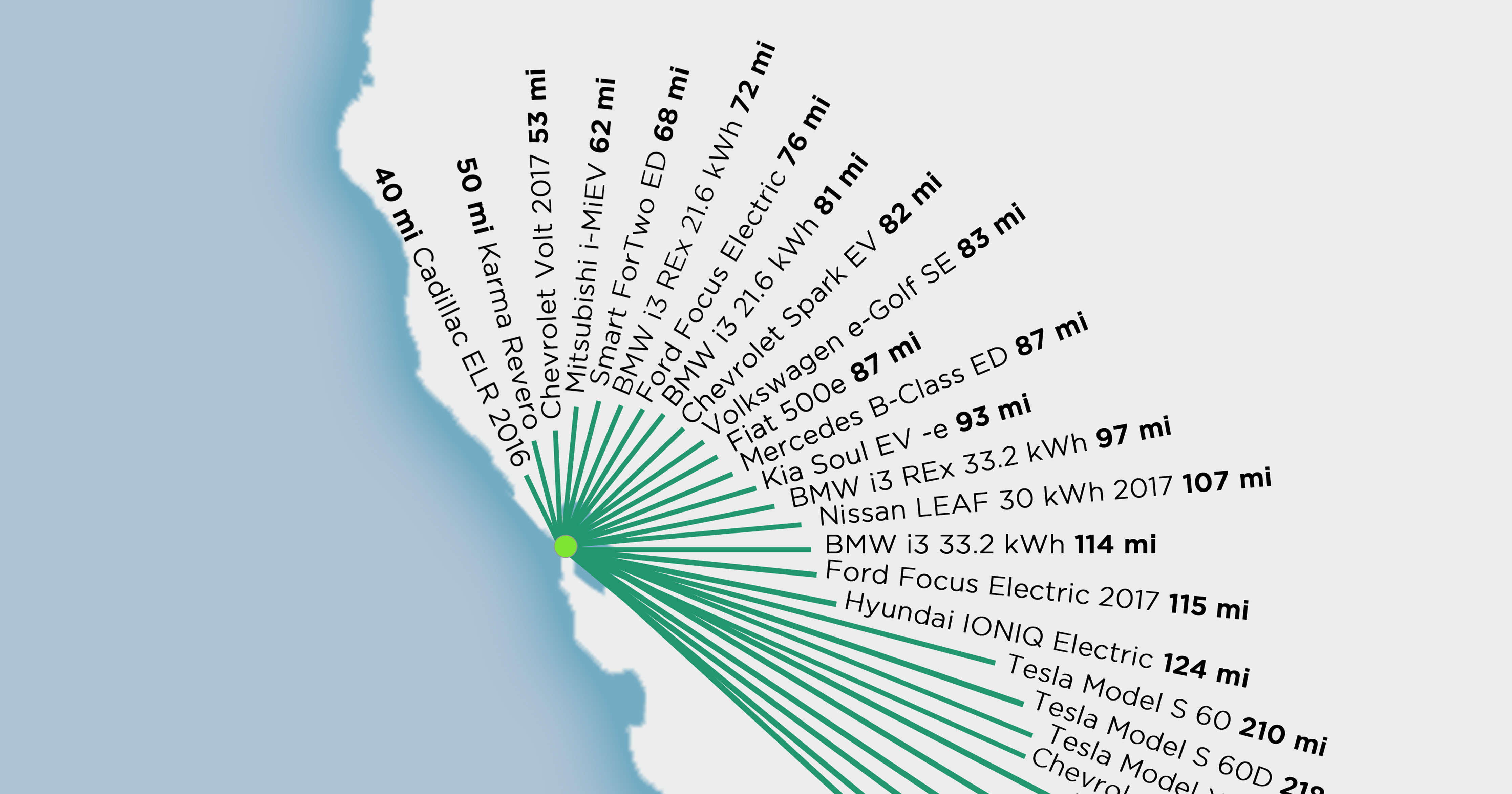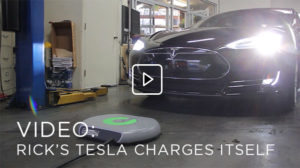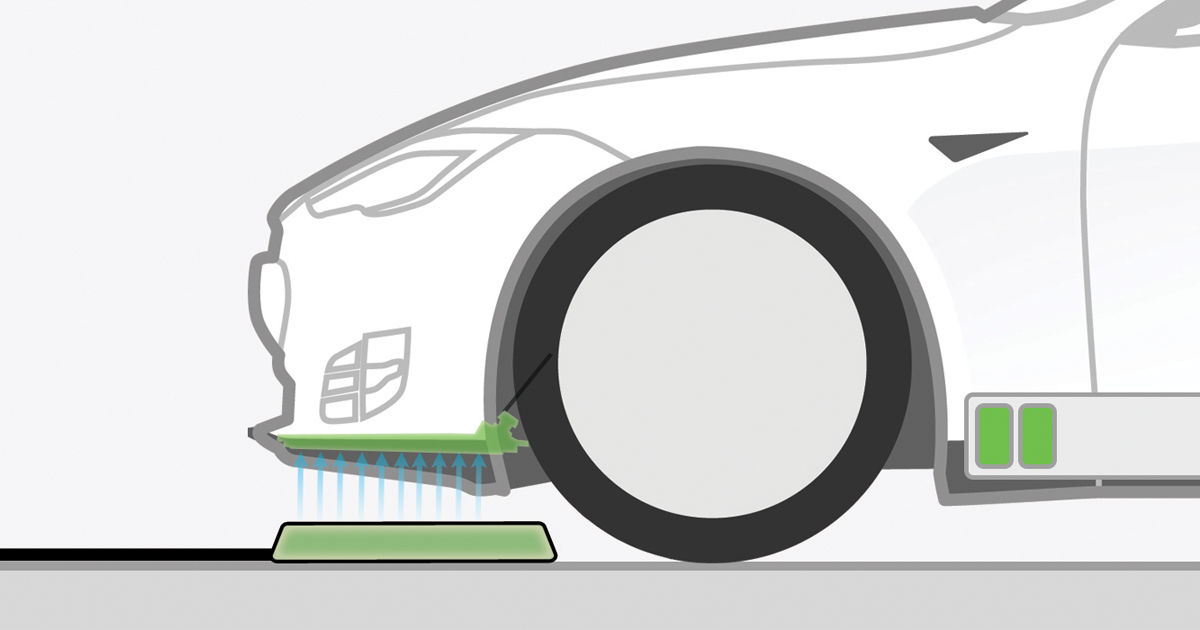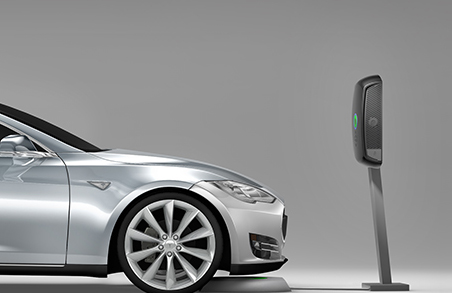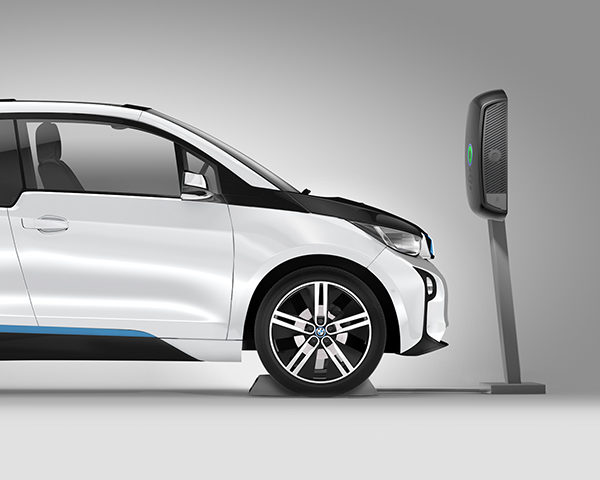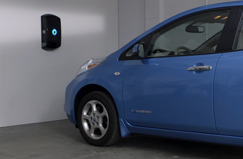Tesla charging speed on a 110 volt outlet
By Mia Yamauchi

By Mia Yamauchi
Technically you can connect your Tesla to a standard 110v plug receptacle with the free adapter that comes with the car. But you can only charge slowly–at about 3 miles of range per hour parked. It’s about as practical as refilling a gas car’s tank with an eye dropper. It will take up to 4 full days to fully recharge an empty Tesla car battery using a regular wall outlet.
“Technically you can connect your Tesla to a standard 110v plug but it’s about as pracitcal as refilling a gas car’s tank with an eye dropper.”
Keep in mind, though, folks rarely drive the full 335 miles that a Tesla Model S 100D can cover on one charge. The average person drives barely 10% of that every day in the US–about 37 miles per day is typical. Good thing since 30-ish miles is just about the maximum you can recoup by trickle-charging on a regular outlet overnight.
How to Charge a Tesla at Home from Day 1 Without Electrical Upgrades
The mobile wall connector (manual charging cord) comes standard with your Tesla along with several adapters. Including the one for your familiar upside-down-smiley-face home electrical outlet (AKA a “Nema 5-15” Level 1 receptacle). The kind that powers anything from your cell phone charger to your wine fridge.
This explainer of Level 1, 2 and 3 charging for Teslas of all kinds offers a complete picture of your charging options.
Wireless Charging Upgrade for Tesla
Learn More
What Tesla Owners Say About Level 1 Charging at 110 Volts
There are plenty of Tesla-related blogs and forums discussing Level 1 charging. A thorough scrape of those threads, and my own experience as an EV driver, produces this answer: Yes, you can “get by” with only charging your Tesla on a 110V (aka 120V) standard home outlet, but it’s going to be annoying and feel limiting.
There’s a whole thread about “trickle charging” your Tesla on the official Tesla forum. If, like the original poster, you’re expecting delivery of your Tesla Model S, Model 3 or Model X and don’t quite have your 240v wiring set up yet, you can charge on a regular outlet to start off.
“If you drive <20mi/day you should be ok.” – nwdiver93
Totally true. But as brijam points out, Tesla makes awesome cars and you’ll be wanting to drive that beautiful machine “a /lot/ more than just to and from work.”
“…you’ll be wanting to drive that beautiful machine ‘a /lot/ more than just to and from work.'”
Of course, as the abundantly practical Brian H points out, soaking up 20-30 miles a night on Level 1 charging is fine if you “load up once a week at a high-power chargespot, and “[hold] the fort” at home with the 110 [volt charging].”
This is totally reasonable since Tesla has plenty of superchargers for the current fleet of Tesla owners. But once another half a million Model 3’s are on the road it may not be as practical. And unlimited free Supercharging for life is no longer a thing.
“You can get by on trickle charging, sort of, but you won’t get the full Tesla experience.”
The blog Tesla Owner has an entry titled “Living with 110” in which they describe the practical issues and some workarounds for things like making the bulky adapter stay attached to the wall. They seem to find some easy and practical fixes. Still, even in that post 110 only serves as a temporary holdover until a backordered Level 2 charger arrives.
Sources:
- Charging with 110v outlet | Tesla Official Forum
- Have any owners used a 110v outlet to charge your Model S? | Tesla Motors Club
- Living with 110 v | Tesla Owner Blog
How to Decide on a Level 2 Charger
The verdict is pretty clear. You can get by on trickle charging, sort of, but you won’t get the full Tesla experience. As Mike C. says, he was sometimes “cutting it close” with only 110 v charging and felt “so much happier” once he got to charging on 240 volt / Level 2 charging, “it was liberating.”
“charging on 240 volt ‘was liberating.'”
So then the thing to decide is — which Level 2 charger to get? A corded Wall Connector? A hands-free wireless Tesla charger? Check out this article covering all your Tesla charging options to decide which is best for you.

